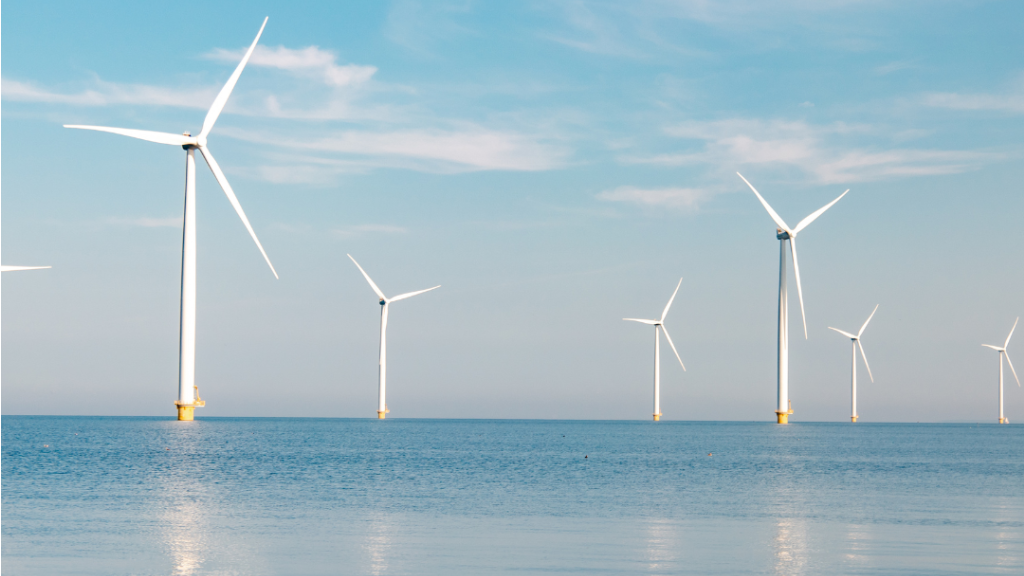The Asia-Pacific (APAC) region is emerging as a powerhouse in the offshore wind sector, marked by both rapid growth and significant challenges. This dynamic industry, key to the region’s transition to renewable energy, is a landscape of opportunity, innovation, and complexity.
Unprecedented Growth and Future Prospects
The APAC region, led by China, Taiwan, Japan, and South Korea, has seen remarkable growth in offshore wind capacity. China, in particular, has been leading the way, with an annual growth rate of 66% since 2015 and plans to add 52 GW of offshore wind capacity by 2030[1]. Taiwan is close behind, targeting 10.7 GW by 2030, supported by favourable renewable energy policies[2.] Japan and South Korea have also set ambitious goals, aiming for 7.5 GW and a tenfold increase in wind power generation by 2030, respectively[3].
APAC hosts 46% of global offshore wind projects, highlighting the region’s potential and the pace of development in countries like Vietnam and Australia[4.] However, this rapid development is not without its challenges.
Overcoming Obstacles
Despite the promising outlook, several hurdles will need navigating. The dimensions of wind turbines have expanded considerably in the last two decades, introducing new challenges. These turbines have now soared to towering heights of up to 260 meters, nearly three times the Statue of Liberty. As the industry embraces larger turbines with bigger rotor diameters, there are also heightened levels of risk exposure[5].
Technological maturity and supply chain limitations remain a concern, especially compared to European standards. Spiralling costs, infrastructure needs, environmental considerations, and policy and regulatory hurdles pose significant challenges. For example, managing the environmental impact on marine wildlife and ensuring the quality of installations are key.
Innovations and Future Trends
There is, however, a silver lining in the form of innovation. The adoption of floating offshore wind technology is a game changer, allowing access to deeper waters with higher wind speeds. In fact, 80% of the world’s offshore wind now blows over waters deeper than 60m (197 feet) deep[6].
What’s more, the concept of multi-purpose wind farms, which could include facilities for green hydrogen production or battery storage, is another trend shaping the future of offshore wind in APAC[7].
The Road Ahead
The APAC offshore wind market is at an important moment in time. It offers substantial opportunities for growth and innovation but requires a balanced approach to overcome technological, infrastructural, and regulatory challenges. With the right mix of policy support, technological advancement, and environmental stewardship, APAC can continue to lead in the global offshore wind sector, contributing significantly to the global transition to renewable energy. The expansion of this sector in APAC is not just about harnessing the power of the wind; it’s about riding the wind of change, responsibly and innovatively, towards a sustainable future.
Footnotes
- https://www.spglobal.com/commodityinsights/en/ci/research-analysis/asia-pacific-an-offshore-wind-powerhouse.html
- ibid.
- ibid.
- ibid.
- https://www.4coffshore.com/news/offshore-wind-industry-faces-challenges-and-oppertunities-as-global-growth-continues-nid28083.html
- https://commercial.allianz.com/news-and-insights/reports/offshore-wind-opportunities-risks.html
- ibid.


